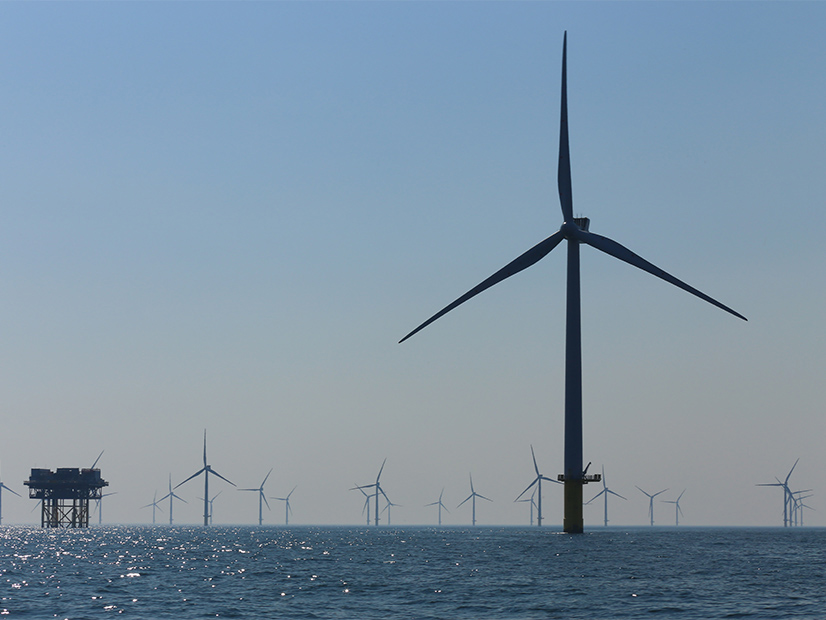Maryland’s General Assembly on Tuesday overwhelmingly passed a bill that raises the state’s offshore wind target to 8.5 GW by 2031.
Lawmakers in the House of Delegates passed the Promoting Offshore Wind Energy Resources (POWER) Act on a 100-36 vote.
The state Senate passed a version of the bill on March 17 on a 33-12 vote. The two chambers now must review what the other passed to determine whether a conference is needed before sending the legislation to the governor to be signed.
Gov. Wes Moore (D) expressed support for the 8.5 GW target last week at the Business Network for Offshore Wind’s International Partnering Forum in Baltimore (See: US Offshore Wind Industry Set to Take Off).
“Today is a wonderful day for Maryland’s offshore wind industry as well as the workers and communities that power this industry,” Dan Taylor, regional field organizer for the BlueGreen Alliance, said in a statement. “By passing the POWER Act, Maryland has fast tracked their state towards its clean energy goals and tied good union jobs to future construction and manufacturing in local communities. The POWER Act delivers on the dual promise of good-paying, safe jobs and a reduction of the emissions driving climate change.”
In addition to raising the target, the bill would require the Maryland Public Service Commission to ask PJM to set up another State Agreement Approach planning process for offshore wind transmission, which the RTO did for New Jersey. The PSC would have to reach out to other PJM states to evaluate regional transmission cooperation that could help it meet its offshore wind goals, according to the legislature’s analysis of the bill.
The PSC, or PJM, will have to issue one or more competitive solicitations for transmission projects by July 1, 2025. Additional solicitations could be issued after that, if needed.
The bill requires PJM or the state regulator to study specific transmission solutions, including one that uses an open-access collector system to allow for the interconnection of multiple offshore wind projects at a single substation.
Transmission proposals could include upgrading the existing grid, extending the transmission grid both onshore and offshore, interconnecting between offshore substations, adding energy storage, and using high voltage direct current converter technology to support potential weaknesses in the transmission grid.
Proposals will have to maintain electric reliability, help achieve the state’s offshore wind and other environmental goals, demonstrate benefits to consumers and the environment, and foster economic development and job creation in Maryland.
The PSC will have to pick one or more transmission proposals by Dec. 1, 2027, and then work with the developers, PJM, FERC, potentially other states, and other stakeholders to ensure the lines get built.
If the solicitation does not lead to any beneficial or cost-effective proposals, the PSC can end it without picking one and would then have to notify the legislature of its decision by Dec. 1, 2027.
The Department of General Services will have to consult with the PSC in issuing a sealed procurement for contracts of up to 5 million MWh of offshore wind energy and associated renewable energy credits from one or more projects by July 31, 2024. Contracts of at least 20-year terms would be issued by Sept. 1, 2025, barring unforeseen circumstances that delay the procurement.
The bill also includes language for the 2 GW of offshore wind developments that have already cleared earlier procurements, allowing developers to ask the PSC for an exemption to the requirement that they pass along to ratepayers 80% of the value of any state or federal grants, rebates, tax credits, loan guarantees, or other benefits. Developers must prove that the exemption is needed to meet their contractual obligations.



